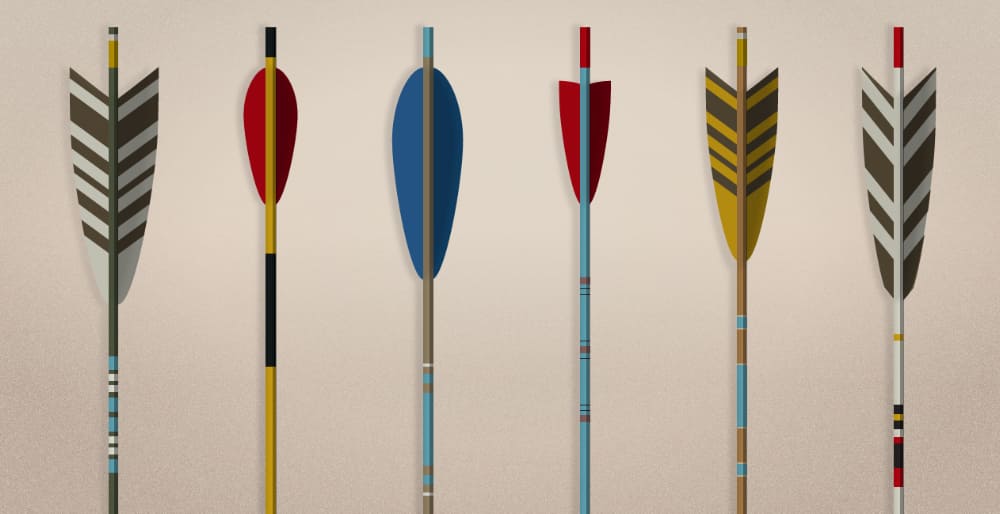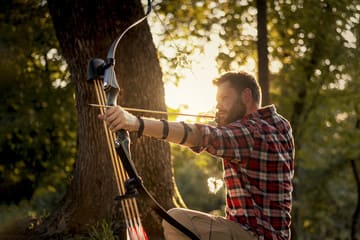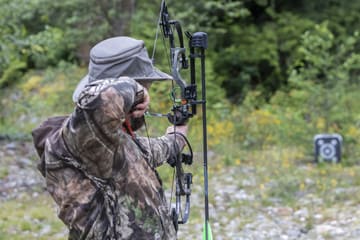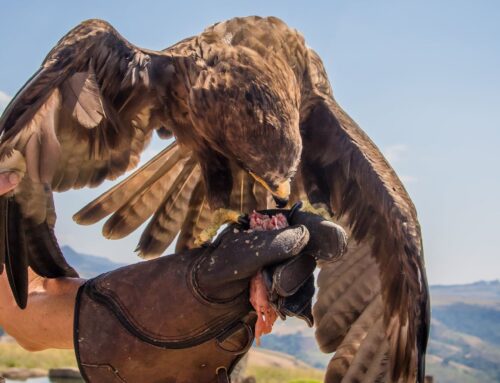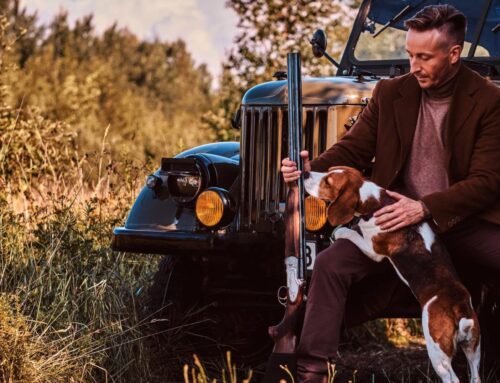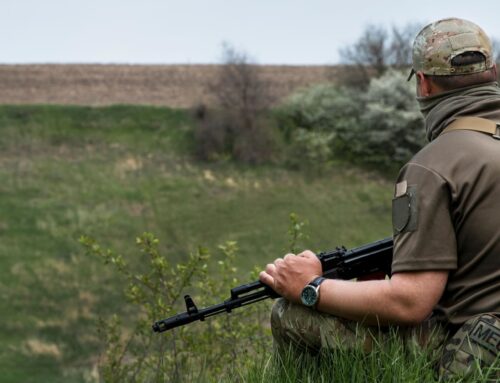If you want to practice new hobby, also you like to spend you free time outside your home, and you seek about challenge yourself, consider taking up archery.
Coming from its historically rich background, archery is now considered as a sport, practice, and skill of shooting arrows using a bow.
Aside from being a great hobby, archery can provide a lot of benefits that you can’t experience from other sports.
what is the relation of hunting and archery?
How to start Archery sport?
Many people are really excited to grab a bow and start shooting, but feel confused by all the terms and equipment and measurements. After all—there’s a lot to know! , so we introduce a way of presenting the basics of archery, and introducing you to the sport, little by little.
The Two Main Types of Bows:
first up in your “archery for beginners” class is BOWS.
There are two main types of bows: recurve bows and compound bows.
These types of bows you see in the Olympics. They have a sleek, graceful design and they’re mostly used for target shooting, although some experienced hunters use them for bow hunting.
While they seem very simple, as you can see, it’s just a handle (called a riser, which we’ll talk about in a minute) and an upper limb and a lower limb that connect to the bow string—there’s actually a lot of physics involved, and a well-crafted recurve bow can shoot with staggering accuracy.
1- Recurve bows:
are a little simpler than the next type of bow.
2- Compound bows:
These bows are a preferable among bowhunters, because they are able to shoot with incredible speed and force. So that said, there are plenty of people who use compound bows for target shooting and competition shooting.
How to be good aim in Archery sport?
The description of the natural oneness with the bow cannot be overemphasized. If you find yourself squirming to get your arrow on the nock or the bow orientation at exactly the right angle for distance, you will most likely have already lost your best chances at a good result.
Your muscles will already be under the prolonged stress of the aim, thus becoming more unstable for the draw. so here are some good, basic pointers for beginning shooters. But remember it .
This is steps of description of what should be a fluid process:
1) Your body should be perpendicular to the objective:
your feet should be placed shoulder’s width apart. Though you may find a personalized stance at a later time, begin with this position. The leg furthest from the shooting line will be a half to a whole foot-length in front of the other, on the ground.
2) To load:
point your bow toward the ground and place the shaft of the arrow on the arrow rest, which is attached in the bow “window.” The back of the arrow is attached to the bowstring with the “nock” (a small plastic component which is typified by a ‘ v ‘ groove for this purpose). This is called nocking the arrow.
3) Hold the bowstring and arrow with three fingers:
Your index finger should be placed above the arrow, with the other two fingers below it. The bow string should be placed in between the first or second joint of the fingers.
4) Raise and draw the arrow to the bow:
This normal done in one fluid motion. Draw the string hand toward the face, where it should rest comfortably at an anchor point somewhere between the corner of the mouth or on the chin.
The bow arm is held straight and outward, toward the target. The elbow of this arm should be rotated so that the inner elbow is perpendicular to the ground
This position should help prevent you from getting stung by the string as it releases the arrow.
5) If you are standing correctly, your body will form a “T.” Pull the arrow to the correct draw length (again, to your anchor point):
Your anchor and your nocking should always be consistent. If you are adjusting for distance or height, that is done with your aim. At a full draw, the arrow should be sticking out one or two inches past the front of the bow.
If it differs substantially, you should be fitted for a different length arrow or new bow.
6) Releasing the arrow is done by simply relaxing the fingers of the drawing hand:
By doing this, the drawing arm will remain rigid and, and its muscles will not relax until after the arrow has already hit its destination.

